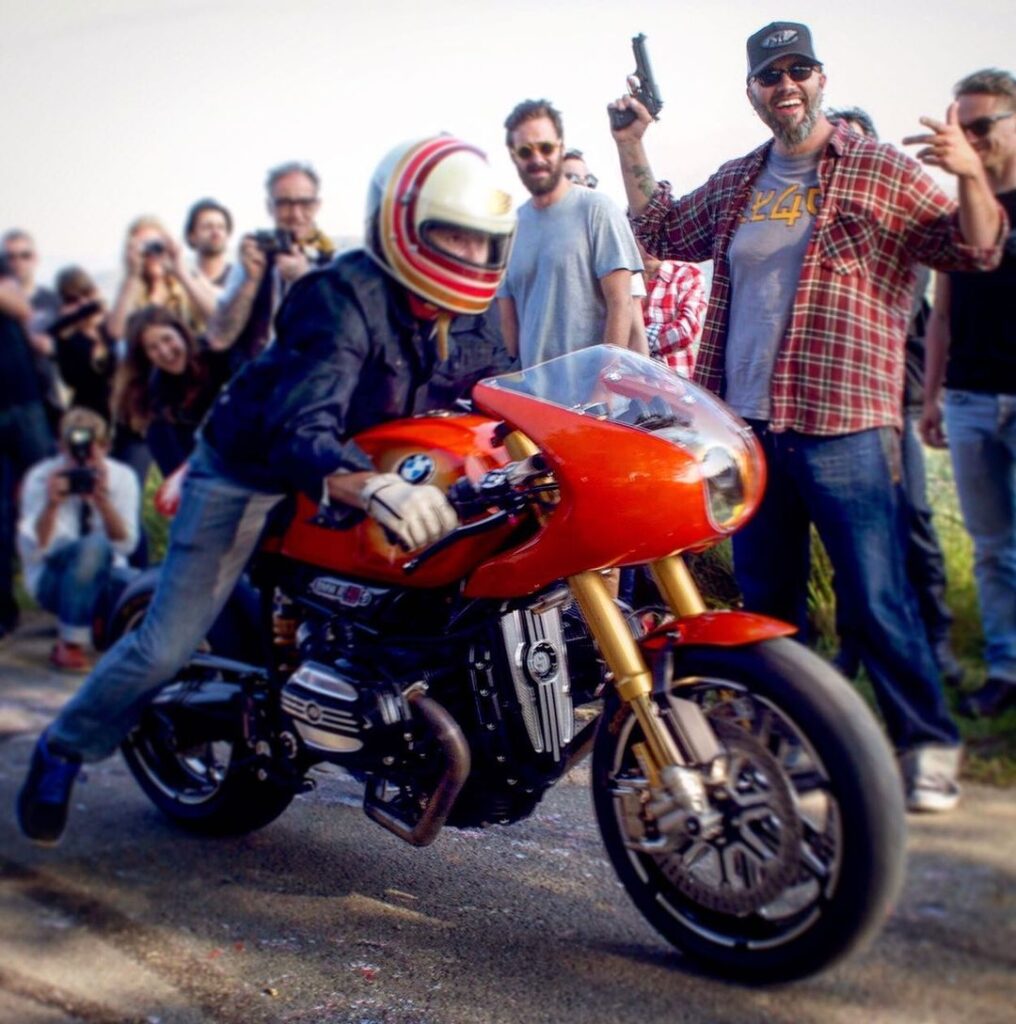
Ola Stenegärd is almost three years into his second tour of duty with Indian Motorcycle. As director of product design, he’s in the catbird seat as Polaris shapes and modernizes a 120-year-old brand. I first met the affable and unfailingly polite root beer drinker during the 2017 One Moto Show in Portland, Oregon, when he and the Roland Sands Design crew jammed onto a couch in the old pickle factory. They were starving, and Jean happened to have some of her homemade country sourdough bread. In 2018, Henri and I hung out with Ola at the Sturgis Rally, watching flat track racing on our way to Bonneville Speed Week. With product development cycles beginning well before the consumer gets an eyeful, it would take awhile before we could see Ola’s DNA appear on an Indian; he spent 15 years at BMW Motorrad, giving us the R nineT before looking West to Medina, Minnesota in March 2018.
Ola lives and creates on Gotland, an island surrounded by the Baltic Sea five hours by ferry south of Stockholm. It’s been a year since we hung out at The One Moto Show, and with the recent Indian Chief cruiser line introduction it was time to talk. It’s not everyday that a brand launches something on the 100th anniversary of the original.
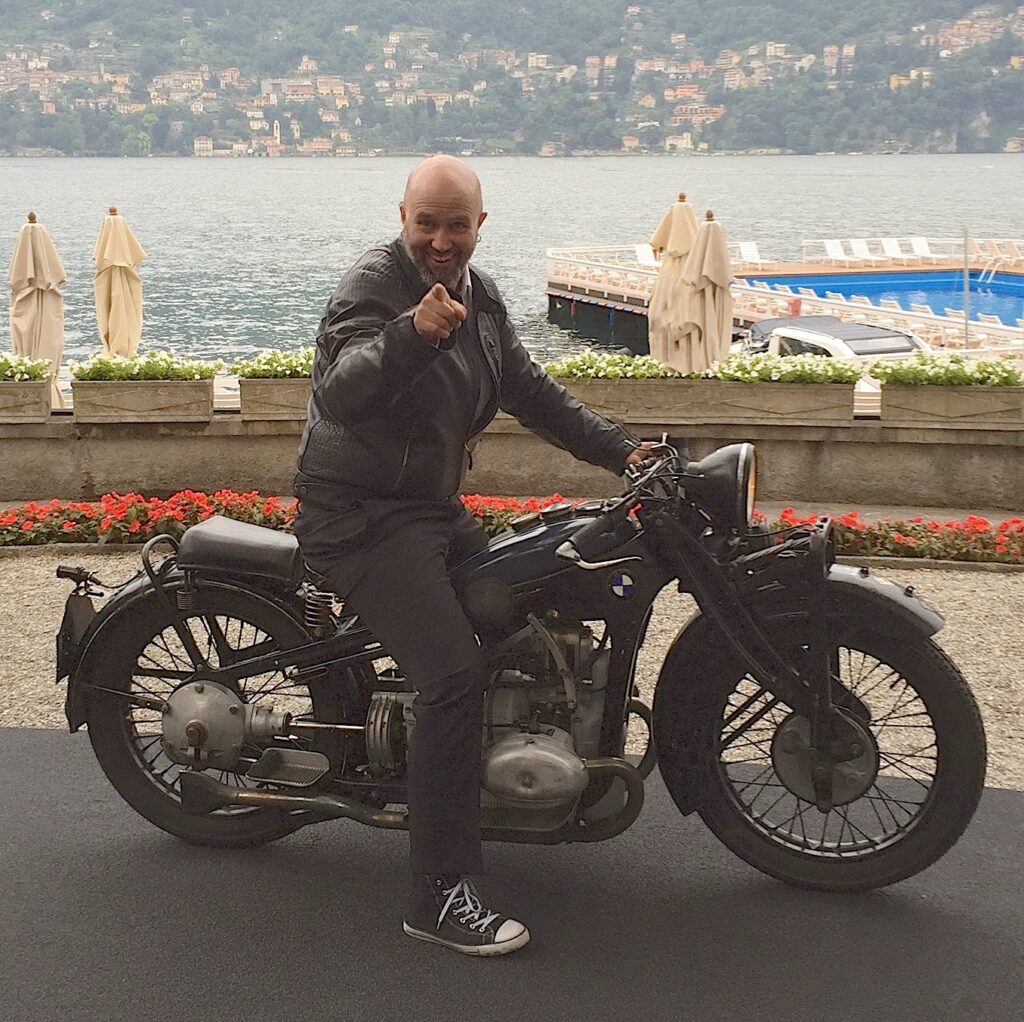
“Been a tough year, no doubt. But we’re a small creative team and we quickly doubled down, adapted and adjusted. Our boss – design VP Greg Brew – has been awesome and supporting us 100 percent around the clock! So we started doing more rapid prototypes, even 1/2 scales, that we could send and print out at our different locations and in our different studios in the EU and US. This allowed us to get a feel and even sign off design proposals without losing speed and agility. We also dove deeper into using video, clay models as well as extensive CAD spins.
Usually there’s a lot of traveling, but I gotta admit that COVID brought a silver lining for me personally that I’m allowed to see my kids and family every day. Our global work setup also made the transition quite easy. And now I have had time to spend the mornings in my shop too! I’m still a garage rat, and if I can’t cut some shit up or weld something, the day is not really well balanced!”
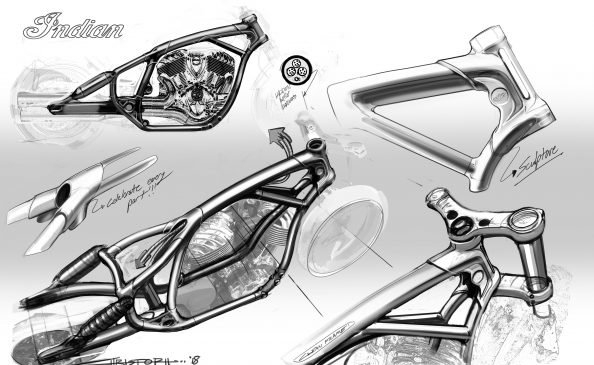
“Everything started with the frame. We literally built the it old-school style, motor on a block, bending tubes. When the frame sits right on the wheels, tins and seats come easy. Then we went into traditional clay modeling. No CAD can ever replace the human hand. But make no mistake: CAD has its right time and place too! Super important and we had a great team that supported the whole project wholeheartedly! But the frame was the key: with all the bones in the right places, it looks great naked as well as fully dressed.
Also, customizing was key. We can’t make every single motorcycle perfect for every single customers. But what we can do is create the PERFECT base for all riders to make it their own! The perfect blank canvas! Bottom line, it’s all about keeping it simple. It’s very easy to complicate things these days. But keeping it simple in itself complicated.”
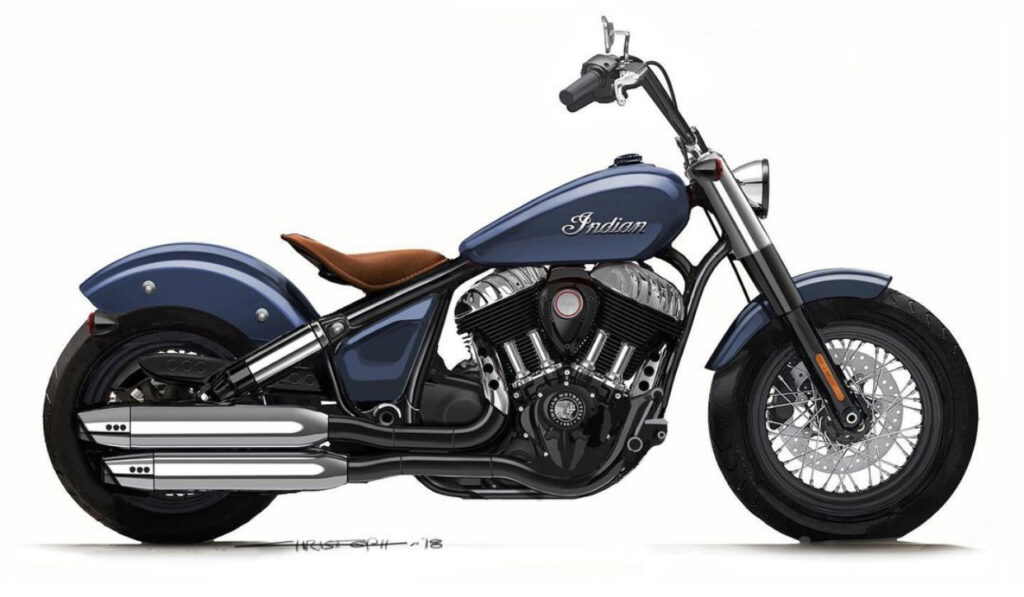
“We took a lot of inspiration from different eras of the American moto culture we love and kinda nerd out on and basically what we grew up with. It kinda celebrates the era as well as all the guys/gals that carried the flame of the chief from the Fifties until the early 2000s by customizing, chopping and bobbing original Chiefs, and thus keeping the legacy alive! I dreamed of this new Chief for 20 years, since I worked for Indian during the Gilroy times.
The story of the three flavors of the new Chief in a nutshell:
We wanted the Chief to be the bare bone bad-ass base for the whole family, with mids, narrow bars, cast 19”/16” wheel combo and stripped down fork and shocks. Kinda rooted in the late Seventies, early Eighties when Arlen Ness, Perry Sands and Dave Perewitz started experimenting with cast wheels and mid mounts and spiced up their scoots with more performance parts.
• The Chief Bobber takes a lot of inspiration from the mid Sixties: kinda Dave Mann meets a young Perry Sands and visits Ben Hardy who all gets cast in an early biker flick. The timeless style that brings us to our knees: 16”/16” wheels, mini apes, floating solo seat, covered fork and shock for that righteous ol’ school vibe.
• With Superchief we thought it should feel right at home in Hollister 1947 or The Wild Ones. When vets and blue collar cats and chicks were true rebels riding bad-ass sickles! We tried to reflect that kinda spirit: ride hard to get there, ditch the bags and screen, shred main street to take a turn on the dirt oval before going bonkers Saturday night. Sunday, you collect the pieces and pack it all back up and ride on back home. An homage to the style that made bobbed and cut-down Chiefs legendary back in the day.
The common thread is that all these bikes gravitate toward the club-style bikes of their specific era. Paul d’Orléans [publisher of TheVintagent.com] and I talked a lot about this, and he is totally right: throughout the years these were the bad-ass, ride hard, purposefully-looking custom bobbers and choppers we always tend to gravitate to. Not show bikes per se, but still really good looking rides, right? They represent the kinda bikes that just stays burned into your memory forever.”
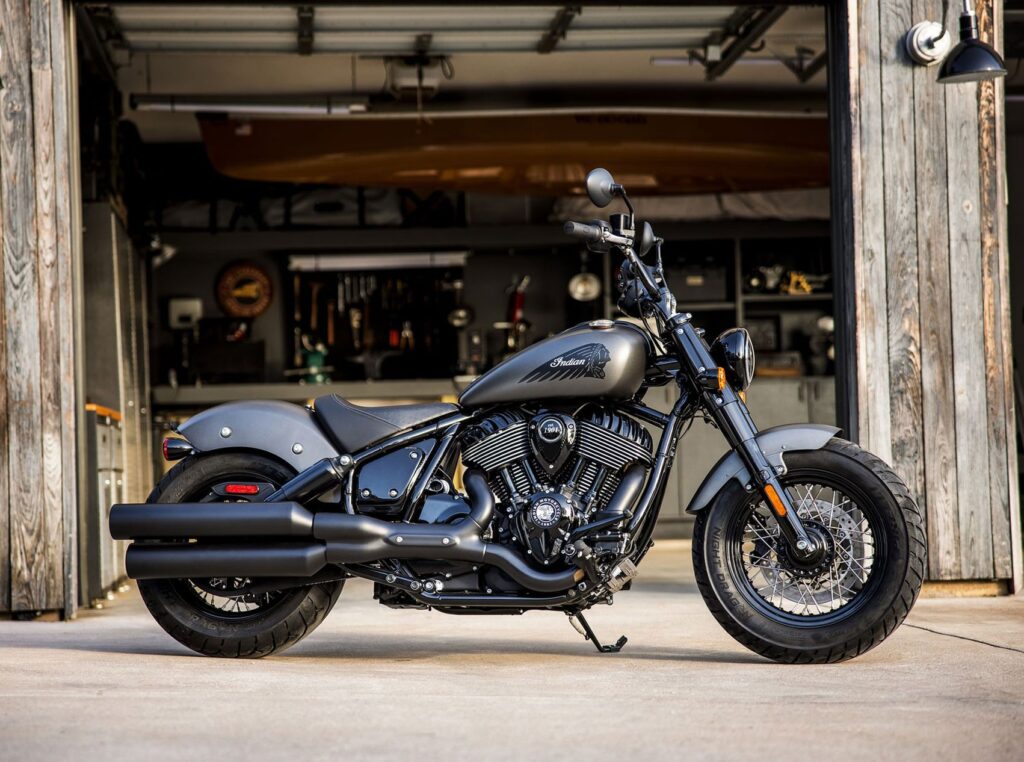
“We’re aiming for the end of April/beginning of May.”
Q: What’s your advice to aspiring motorcycle designers?
“Sketch, sketch and sketch. And ride motorcycles! Then sketch some more. And let no one take your dream away!”
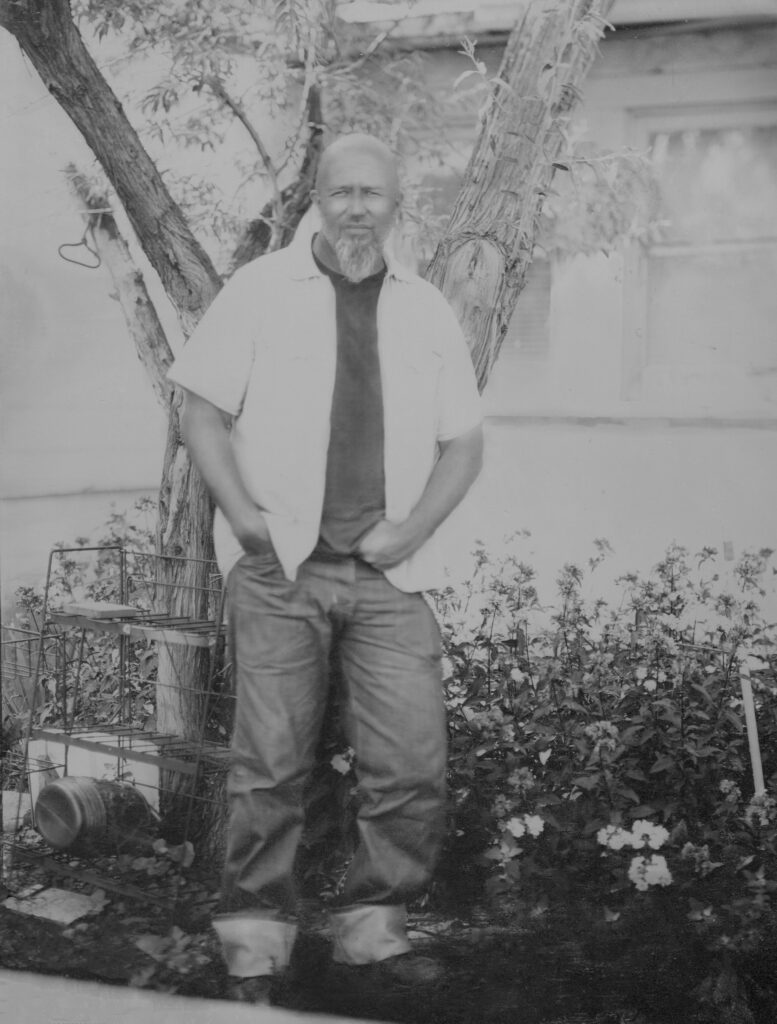
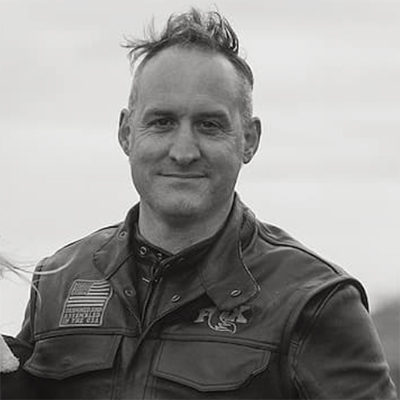
Related Posts
September 2, 2018
The Early History of Indian, Part 3: The Indian Motocycle Is Born
Part 3 of Ken Aiken's re-examination of…

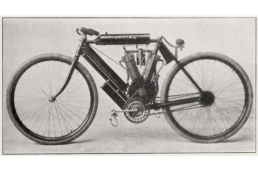
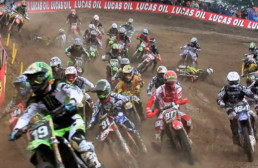
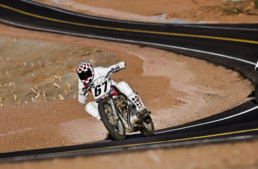
Hmmm .. re; the new ‘ Chief ‘ … gotta tell ya … I ain’t impressed … fact is other than sticking his name on the project I can’t see a single aspect of Ola’s signature design in the thing . I mean seriously … there are half baked ‘ checkbook ‘ customs that look more original and better than this .
Sigh … how the mighty fall by the wayside all in the name of the ( not so ) almighty dollar …
😎
Your comments continue to be boring, stupid and shortsighted. Go away, and save your juvenile remarks for Yelp, moron.
Opposite to a valid non-conformant opinion comment, yours is off the rails, irrespective of you writing the welcomed article.
Very sad picture from an author.
Whatever Ole or others contributed to this huge project. It‘s a great bike, great project, now repeated on the scout to some conceptual extent. We‘ll see how it plays out. Anyway both a great team achievement.
I personally, though, favor a more classic and a more forward design and am not convinced of the two Polaris concepts offered that would have allowed free customizing in times there was a market and support in legal compliance, which is not the case anymore. Full custom customizers only build for shows mostly, or take advantage of classic registered bikes to perform their art. Today customers and prior full-custom builders work with aftermarket products, run the catalog choices and thus depend on the aftermarket, expect accessories with a wider variation made available to plug-and-play mount and paint than Polaris engages for, the older scout barely reached a minimal set of alternative accessories offers in the market and with further legislations it‘ll be tougher to use this platform Ole‘s Project team establishes. He‘s basically 30-40years too late to the market, or didn‘t convince enough that Polaris should partner and sponsor aftermarket interest (why should they) or at least sell all via their platform (again, an investment that lazy company won‘t go for). What remains is a customizer platform that can only be relevantly customized for shows, not street.
And by that, Polaris, not Ole, missed the mark.
Sketch looks great. The photo not quite so much, Indian should have copied the sketch exactly, the small differences in the exhaust and seat and not chroming the shocks (and the color and too much black on the engine) combine to detract from the designer’s vision. Of course so do the mandatory turn signals and reflectors. If I had one I would try to make it exactly like the sketch.